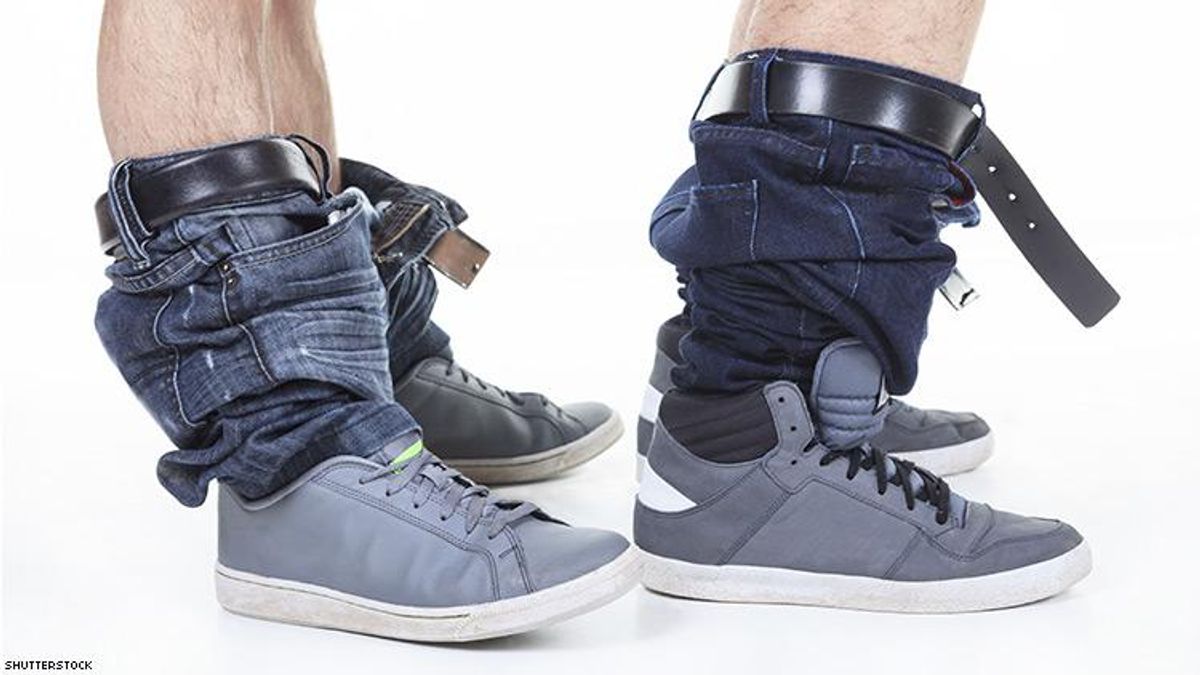Undetectable
U=U Is Proven in Gay Partner Study

The data confirmed what the science has maintained at the #AIDS2018 conference in Amsterdam today.
July 24 2018 11:13 AM EST
May 26 2023 1:56 PM EST
By continuing to use our site, you agree to our Private Policy and Terms of Use.

The data confirmed what the science has maintained at the #AIDS2018 conference in Amsterdam today.
As the CDC tactically admitted last year, Undetectable equals Untransmittable was unequivocally proven with an overwhelming amount of data at the presentation at the International AIDS Society Global Conference on HIV (#AIDS2018) in Amsterdam this morning.
"We’re as confident now that undetectable gay men pose no risk of HIV transmission as we already were for heterosexuals," researchers including Dr. Anthony Fauci said at the presentation.
According to an agency press release, having reviewed the evidence from these studies, Anthony S. Fauci, MD, director of the National Institute of Allergy and Infectious Diseases (NIAID), in an address he gave in a July 22nd preconference meeting in Amsterdam, concluded “that the body of scientific evidence to date has established that there is effectively no risk of sexual transmission of HIV when the partner living with HIV has a durably undetectable viral load, validating the U=U [Undetectable = Untransmittable] message of HIV treatment as prevention.”
Final results from the PARTNER study were presented this morning at a press conference on the opening day of AIDS 2018. Results originally announced in 2014 from the first phase, PARTNER 1, already indicated that “Undetectable equals Untransmittable” (U=U). However, the statistical certainty of this result was not quite as convincing in the case of gay men, or for anal sex, as it was for vaginal sex.
Results from PARTNER 2, the second phase, which only recruited gay couples, were presented today. In total they documented 75,000 barrier-free anal sexual intercourse between serodiscordant gay couples.
The PARTNER study recruited HIV serodiscordant couples (one partner positive, one negative) at 75 clinical sites in 14 European countries. They tested the HIV-negative partners every six to 12 months for HIV, and tested viral load in the HIV-positive partners. Both partners also completed behavioral study surveys. In cases of HIV infection in the negative partners, their HIV was analyzed to see if it came from their regular partner or they had been with someone else.
The study found no transmissions between gay couples where the HIV-positive partner had a viral load under 200 copies/ml – even though there were nearly 77,000 acts of condomless sex between them.
The results suggest, “A precise rate of within-couple transmission of zero” for gay men as well as for heterosexuals.